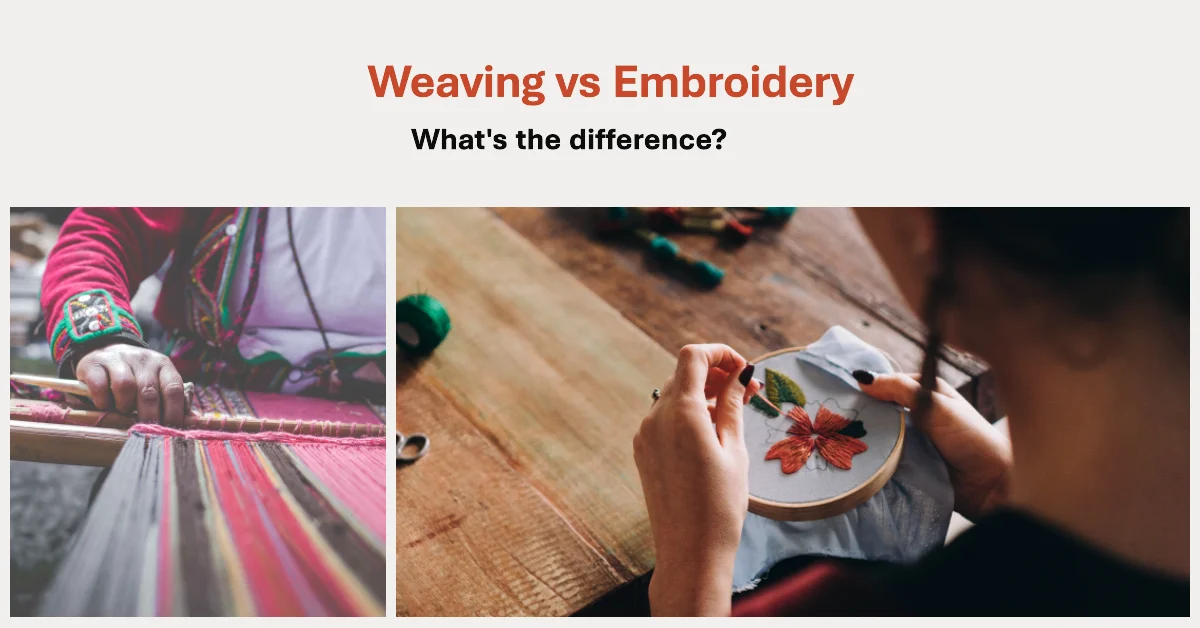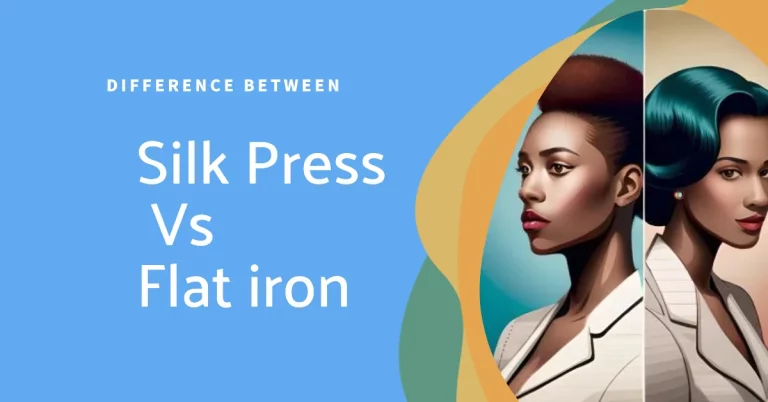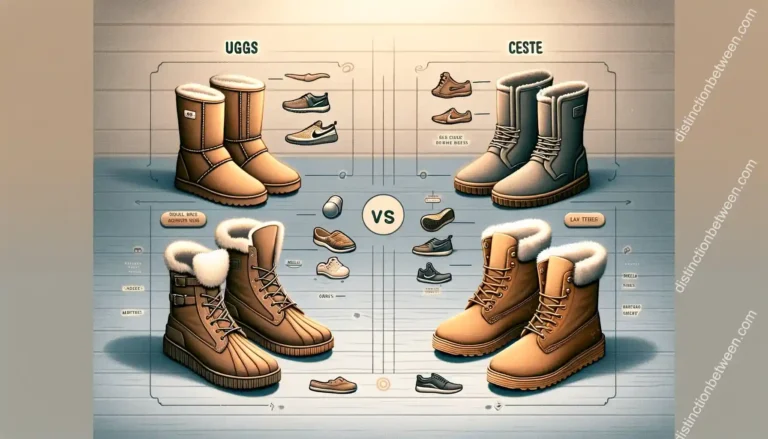What is the difference between embroidery and weaving?
Embroidery and weaving are two distinct textile arts that employ different techniques and have unique characteristics. While both processes are use to create intricate patterns and designs on fabric, they vary in several crucial ways. Let’s check their unique qualities and explore the differences between embroidery and weaving.
Here is a table that summarizes the key differences between embroidery and weaving:
| Feature | Embroidery | Weaving |
|---|---|---|
| Technique | Needle and thread | Warp and weft threads |
| Application | Top of fabric | Entire fabric |
| Ease of learning | Easy to learn basic stitches, but difficult to master complex designs | Difficult to learn, but can be mastered with practice |
| Time required | Can be done quickly or slowly, depending on the complexity of the design | Can be time-consuming, especially for large projects |
| Cost | Relatively inexpensive | Can be expensive, depending on the materials used |
| Durability | Can be durable, but may need to be repaired or cleaned more frequently than woven fabrics | Very durable |
| Versatility | Can be used to create a variety of different designs, from simple to complex | Can be used to create a variety of different fabrics, from plain to patterned |
Embroidery
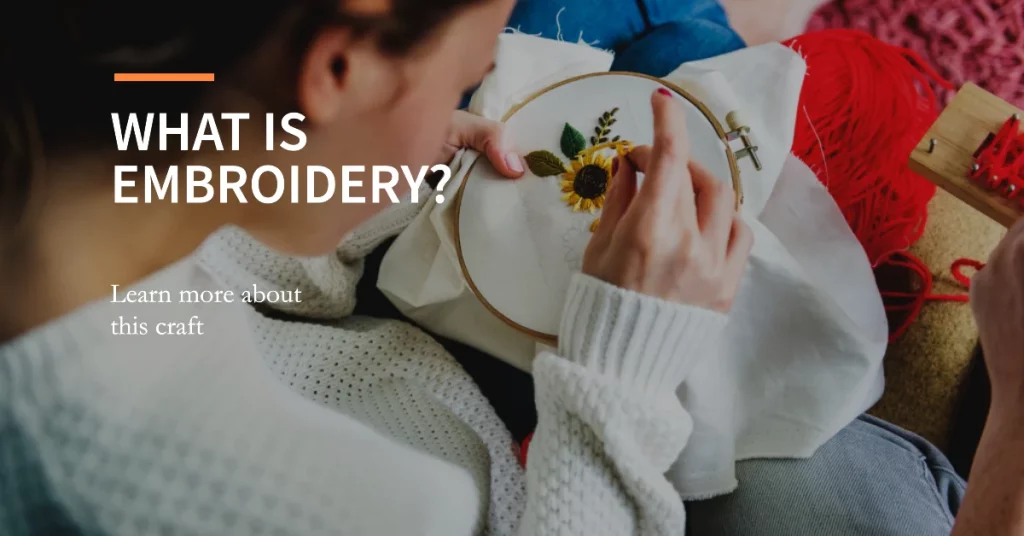
Embroidery is the art of decorating a fabric using a needle and thread or yarn. The design is sewn onto the fabric’s surface, usually by hand or with the help of a machine. Embroidery can be apply to pre-existing fabric. It often serves as an embellishment to add a touch of elegance or personalization to various items.
Embroidery entails several techniques to produce different styles and effects, such as:
- Chain stitch: A continuous line of looped stitches creates a chain-like pattern.
- Satin stitch: Consisting of tight, parallel stitches, this technique is use to fill in shapes and create a smooth, satin-like texture.
- Couching: Threads are placed on the fabric’s surface, and another thread is sewn over them to hold the threads in place.
Embroidery Methods
Hand Embroidery:
- Skilled artisans manually stitch designs onto fabric.
- Various stitches like satin stitch, stem stitch, and French knot are use.
- Hand embroidery allows for creating unique textures, patterns, and images.
- It is a traditional technique that requires craftsmanship and attention to detail.
Machine Embroidery:
- Computerized machines automate the stitching process.
- Designs are digitiz and programmed into the machine.
- Machine embroidery offers greater precision and speed compared to hand embroidery.
- It is commonly use for mass production and commercial purposes.
Appliqué Embroidery:
- Appliqué involves attaching fabric pieces onto a base fabric using embroidery stitches.
- It adds dimension and texture to the design.
- Appliqué embroidery allows for incorporating different materials and patterns into the artwork.
- It is often use to create bold, vibrant designs and embellishments.
Weaving
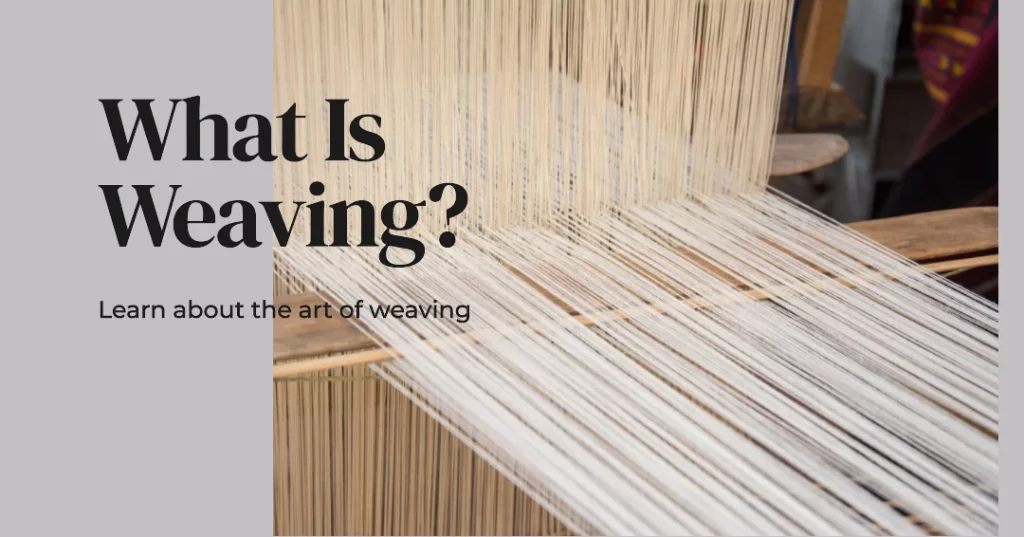
Weaving is a method of creating fabric by interlacing two sets of yarn or threads called the warp and the weft. The warp threads run vertically, while the weft threads run horizontally, creating a woven structure. Weaving can be do by hand using a loom or through an automatic process using machines. The pattern or design emerges as the warp and weft threads cross one another during the weaving process.
There are several types of weaving techniques as well, including:
- Plain weave: The simplest technique with a tight, regular crisscross pattern.
- Twill weave: Characterized by a diagonal pattern, twill weaves offer a sturdy, more complex fabric.
- Satin weave: This technique produces a smooth, lustrous surface on one side, with a dull finish on the other side.
- Basket weave: Basket weave creates a checkerboard-like pattern by using two or more warp yarns alternately crossed with two or more weft yarns.
- Tapestry weaving: Tapestry is a decorative weaving technique used to create pictorial designs or intricate patterns.

Differences Between Embroidery and Weaving
- Techniques: Embroidery involves the embellishment of fabric with needle and thread, while weaving creates fabric by interlacing warp and weft threads.
- Materials: Embroidery uses a pre-existing fabric as the base, whereas weaving creates fabric from scratch using yarn or thread.
- Surface vs. integrated design: In embroidery, the design is applie on top of the fabric. Weaving, in contrast, integrates the design directly into the fabric as the threads are interwoven.
- Tools: Embroidery requires needles, threads, and often additional embellishments like beads or sequins. Weaving involves a loom, warp yarns, and weft yarns.
- Designs and Patterns: Embroidery allows for more intricate and detailed designs, including images, textures, and various stitch patterns. Weaving primarily focuses on creating patterns through the interlacing of yarns.
- Flexibility and Durability : Embroidery adds decorative elements to fabric but may not alter its structural integrity. Weaving creates a strong and durable fabric suitable for various applications.
Refence Links

